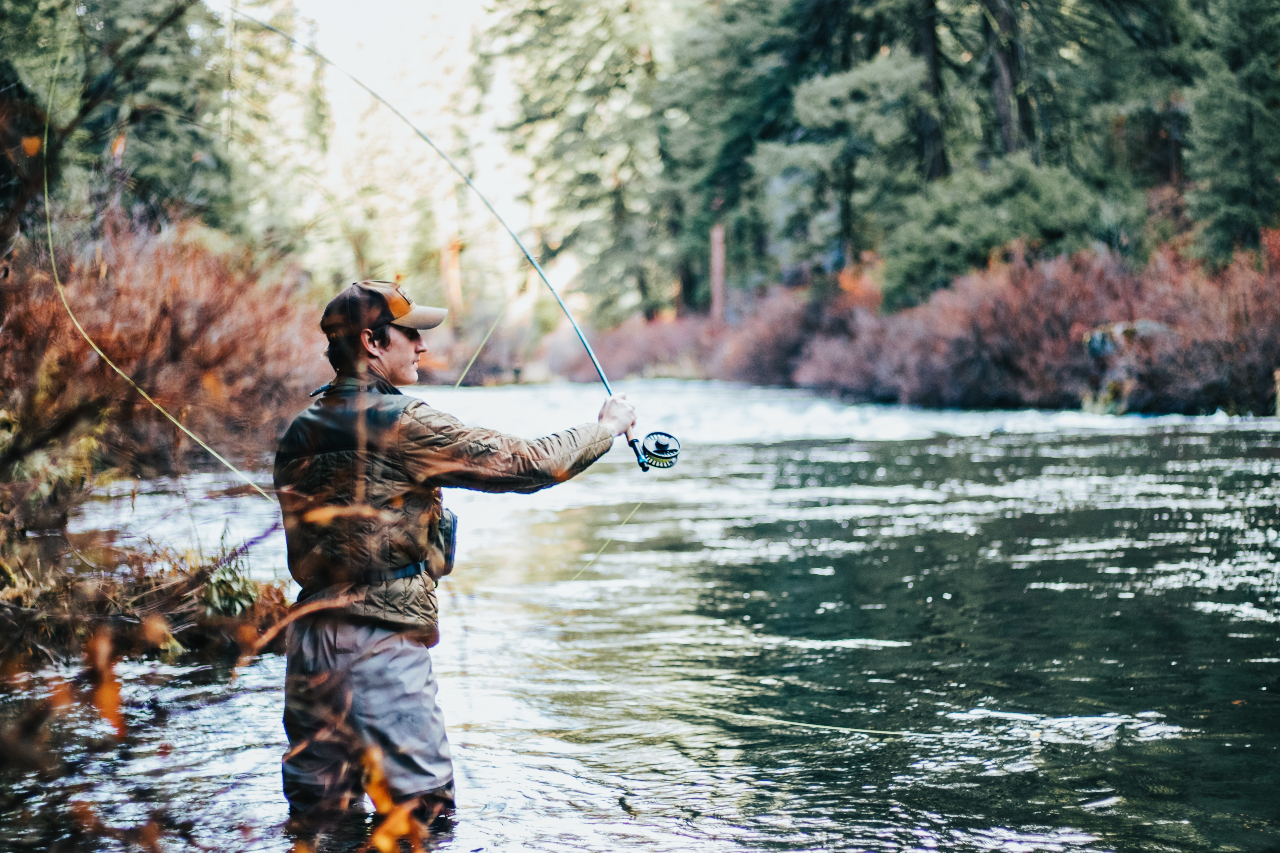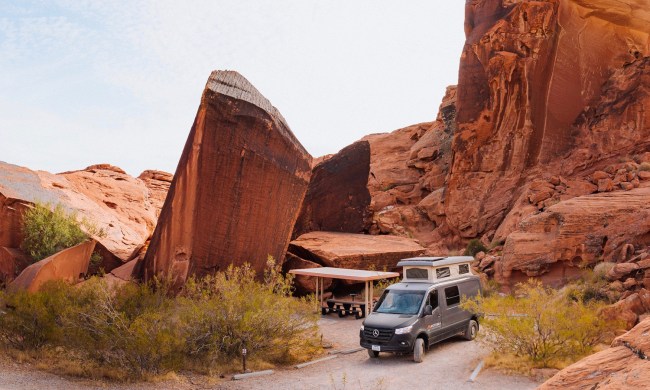
For the first time in 100 years, the Klamath River is free to flow due to the removal of four dams. This environmental milestone, which is the largest dam removal project in the U.S., has reopened over 400 miles of habitat for many fish species. Consequently, fishing enthusiasts in Oregon and Northern California can’t wait to get their feet wet.

Benefits of freeing the Klamath River
This development promises several benefits. Firstly, the increase in salmon and steelhead populations can make the Klamath River a more fruitful fishing ground. These species, especially salmon, are highly sought after for their sporting qualities and are considered a prized catch due to their size, strength, and fighting ability.
Moreover, the restoration of the river’s natural flow enhances the overall health of the aquatic ecosystem. Initially, the removal of dams will allow for the free flow of water, which is crucial for the natural migration and spawning of fish like salmon and steelhead. This, in turn, revitalizes the river’s ecosystem, promoting biodiversity. The time frame for seeing the benefits of such restoration can vary.
Generally, some positive changes might be noticeable within a few years, but for the full benefits to the ecosystem and fish populations to manifest, it could take several years or even decades. This gradual process requires ongoing monitoring and management to ensure the health and sustainability of the river’s ecosystem.
By aiding in the recovery of fish populations, the project aims to aid in the long-term viability of sport fishing through a balancing act of environmental conservation with recreational interests. Now more than ever, sustainable fishing practices and observing natural habits will become crucial to the success of the project.
The Klamath River restoration also benefits the local Indigenous communities, for whom fishing is a crucial cultural and subsistence activity. This underscores a broader movement towards more inclusive and community-oriented approaches to environmental management, where the interests of all stakeholders, including recreational fishers, are considered.
Why was the Klamath River dammed in the first place?
The dams on the Klamath River were constructed in the early 20th century, driven by the era’s industrialization and developmental needs. Their primary purpose was to generate hydroelectric power to meet the growing electricity demands of nearby communities and industries. Additionally, these dams played a crucial role in water management, providing controlled water flow for agricultural irrigation and mitigating the risks of seasonal flooding, thereby protecting nearby communities and farmlands.
At the time, these structures were also seen as symbols of progress, bringing employment opportunities and economic growth to the region. However, perspectives on these dams have evolved, recognizing their environmental impacts and leading to current restoration efforts that aim to balance human development with ecological sustainability.
The Klamath River may be the start of something big
The removal of dams from the Klamath River and the resulting restoration of its natural flow is a significant event for fishing and environmental enthusiasts. It not only promises enhanced fishing opportunities in the region but also represents a shift towards more sustainable and ecologically responsible fishing practices.



